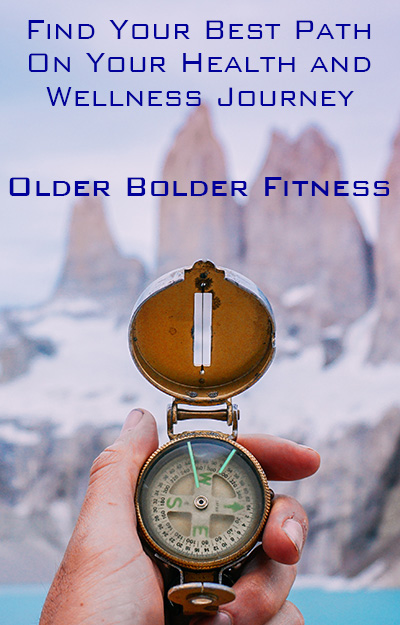There are pockets of wild places here in the Lower 48—pockets of mountain peaks and backcountry lakes, deserts and wild rivers. In a big patch of central Idaho, there are no roads, just mountains and trees and boulders and sky. A map of the Wind Rivers Range shows a thousand blue specks of backcountry lakes. In some of those lakes, there are golden trout so beautiful that it hurts.
But down here in the Lower 48 such places are the exception rather than the rule. Down here, we’ve got a lot of buildings and roads and people.
Alaska is home to roughly 700,000 people. That is less than one-fifth the population of Los Angeles, less than half the population of Idaho. It is near the population of Vermont.
In square miles, Alaska is 65 times larger than Vermont.
Alaska is nearly four times the size of Montana and twice the size of Texas. Alaska’s population density is 1.2 people per square mile. The country’s average population density is more than 87 people per square mile.
I would argue that a lack of people is a requirement for wildness—at least for the wildness that most of us prefer. There is another kind of wildness that I think is inherent in people. It manifests itself as greed and arrogance and in a dozen other ways. It is a wildness that cares only for itself. It is the type of wildness we are looking to escape from when we go to Alaska.
***
I don’t know a lot about the Tongass National Forest. I know what I read on TU’s site and on the links that accompanied this writing contest. But that’s not much.
I do know that I dream of most often of places I know little about. I don’t know much about Kamchatka or the outer realms of Patagonia or even the South Island of New Zealand. For me, these places are shrouded in a mystery that makes them seem both dangerous and incredible. There are not enough of those places left. The Tongass seems like such a place. It’s a temperate rainforest the size of West Virginia. It has more salmon, more trout, and more bears living together than any pocket of wildness down here in the Lower 48. It’s a place ruled by wildness.
Here in Idaho we’ve got a river we call the Salmon and a lake we call Redfish. We’ve got tales of rivers red with fish. We’ve got a history of salmon. But the salmon in Idaho are, for the most part, history. And all the wildness, the history—even the money they could bring—is gone with them.
I’ve fished our Salmon River and some of its trout-laden tributaries. I’ve seen two Salmon in those streams. The first was in a side channel of the main stem. The fish was swimming quietly a thousand miles from the ocean, dying slowly—one dignified piece of gray flesh at a time.
The other fish was miles into the backcountry, resting in a deep pool on a tributary that once teemed with salmon. High up on the trail my brother and I could see the dark missile shape—incredibly outsized for the small stream and easy to see in the clean water—holding five or six feet below the surface behind a massive boulder. We spent a week on that stream fishing for trout. We never saw another salmon.
In their own way, those fish are symbolic of the salmon’s tale once civilization gets involved. Both fish were clinging to exceptions of wildness and just barely hanging on. So when I think about those two fish and then think about Alaska and schools of salmon that turn rivers red, I can’t help but think that places like the Tongass—places where wildness is the rule rather than the exception—are worth protecting.
This is my submission to the Trout Unlimited 2013 Blogger Tour sponsored by Fishpond, Tenkara USA and RIO, and hosted by the Outdoor Blogger Network.
This piece was derived from a piece I wrote several years ago, in case you are interested in the writing process (and my own thought process, which seems unlikely).
See Jess’s entry here.


